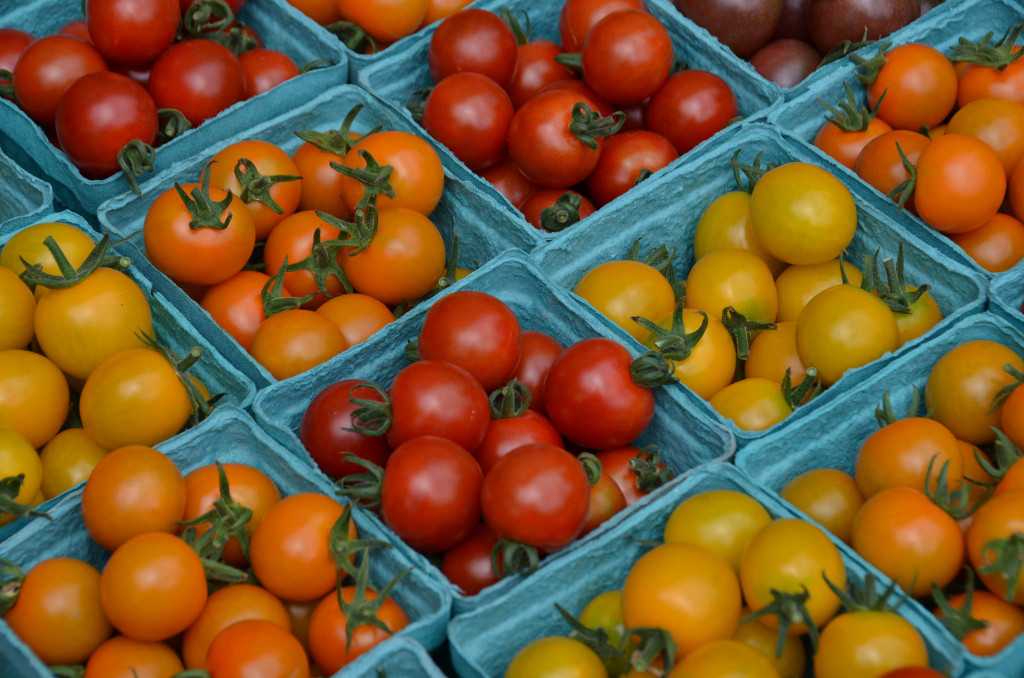
In the Northeast, many are enjoying the last of autumn’s bounty. When we grow fruits and vegetables, we can choose to forgo pesticides, GMOs, or industrial fertilizer. When we shop at farmer’s markets, we support family farms and help maintain open space that we all enjoy.
But, come winter, many in the Northeast depend on produce shipped from warmer locations, like California and South America. A 2008 study found that in the U.S. food travels more than 1,000 miles before reaching our table. How does the energy cost of transporting food compare to the energy needed to grow crops?
Trucking fruits and vegetables is relatively energy intensive. International shipping of grains in cargo ships is more benign. But when we break down the energy costs of food, 17% is tied to shipping and a whopping 83% is embedded in food production.
What we eat – and how much – has a large impact on food energy. Shifting away from meat will do more for reducing our food/energy footprint than consuming only locally grown food. Eating less is better for our health, and the health of the environment.
We need to be realistic about the environmental benefits of local food in an increasingly globalized, overpopulated world. There are foods that can be grown more efficiently away from their point of consumption. And as the world’s population approaches 7 billion, and climate change destabilizes agriculture in many vulnerable regions – we can’t expect people to forsake nutrition for food miles.
Savor the joys of local foods. But don’t feel overly guilty about eating Chilean blueberries in December.
**********
–This segment was adapted from a blog post by William Schlesinger, biogeochemist and Emeritus President of the Cary Institute of Ecosystem Studies.
Web Links
Photo, posted July 12, 2013, courtesy of Rob Bertholf via Flickr.
Earth Wise is a production of WAMC Northeast Public Radio, with script contribution from the Cary Institute of Ecosystem Studies.